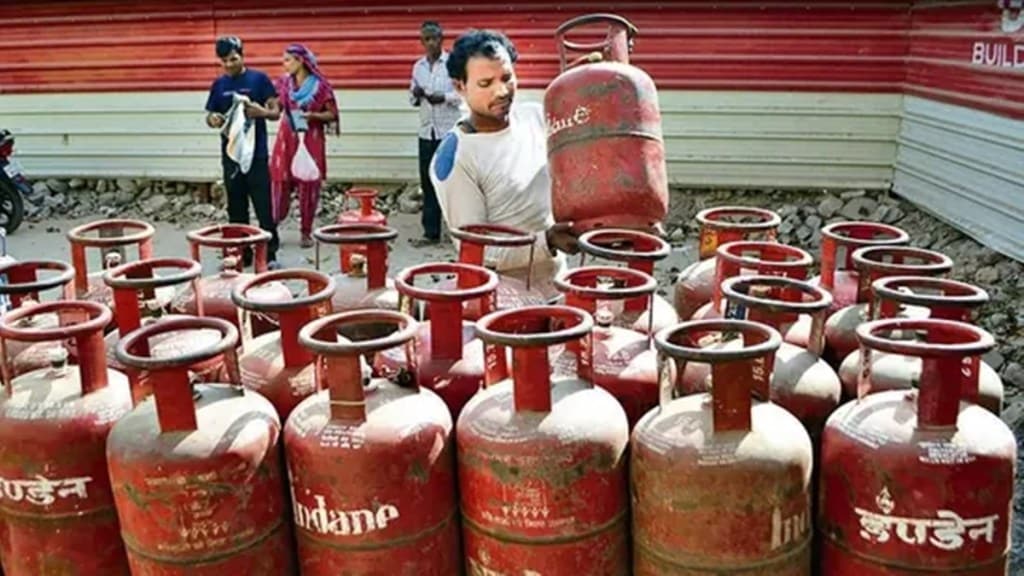The government under its flagship Pradhan Mantri Ujjwala Yojana has been able to extend the benefits of clean cooking fuel to 103.3 million households between the start of the scheme and the end of 2023-24, according to data from the Petroleum Planning and Analysis Cell.
Additionally, sales of domestic liquified petroleum gas (LPG) by the state-owned oil marketing companies stood at 26.21 million tonnes in 2023-24 up from 25.38 million tonnes in 2022-23.
“LPG has had good growth after 2014, when the Ujjwala scheme came. The jump in consumption from 29 million tonnes is because the scheme reached all places… people are enjoying the benefits and comfort,” said a member of the Petroleum and Natural Gas Regulatory Board, who did not wish to be identified.
The government now expects to extend the benefit to 103.5 million households under the scheme by 2025-26.
The government had launched the scheme back in 2016 with an aim to provide cooking fuel to poor households while discouraging the use of traditional kitchen fuels including cow dung cakes and firewood which are more polluting.
Last year in August, the government had announced a price cut of Rs 200 per cylinder in LPG prices for all domestic consumers and decided to expand the scheme with additional 7.5 million connections. In October 2023, the government again hiked the subsidy for PMUY consumers by Rs 100 taking it to Rs 300 per cylinder. In March this year, Prime Minister Narendra Modi announced a cut of Rs 100 per LPG cylinder while encouraging the use of LPG cylinders.
After realizing the success of the Ujjwala scheme with an increased consumption of LPG – up by 3.8% on year at 29.6 million tonnes in FY24, the government is now shifting its focus on increasing the penetration of piped natural gas (PNG) across the country.
In its manifesto for general elections, the Narendra Modi government stated that it will extend PNG connections across the country while expanding the LPG connections under the Ujjwala Yojana. The move is expected to aid in realising the government’s target of increasing the share of natural gas in the energy mix from the present 6.8% to 15% by 2030.
According to the data by PPAC, domestic PNG connections in the country as of February stood at 12.56 million. The government has further targeted 125 million PNG connections by 2030, including rural and urban areas based on the minimum work programme targets of the city gas distribution companies, the government had informed the Parliament last year.
As per the data, Haryana and Himachal Pradesh reported the lowest number of PNG connections with just 48 households having access to piped gas in the entire region. As many as six regions had no PNG connections at all. The regions include Jammu and Kashmir, Telangana and Karnataka, Puducherry, Maharashtra & Madhya Pradesh, Chhattisgarh, and Uttar Pradesh.
“PNG is facing a bit of difficulty because they have to replace LPG, and LPG is already subsidized,” the PNGRB member said. “Wherever PNG is possible and they are using domestic gas, it makes sense to connect all places to PNG. But it is not happening because LPG is also an alternative which people are comfortable with.”
Talking about its efforts to increase PNG penetration across the country, the member said that the Board is advocating for PNG and its benefits.
“Entities that have LPG are not able to realize the benefit of PNG. But we are advocating that this is to be done,” the official said. “If PNG is directly being transported to homes, the government does not need to give the kind of subsidy (like on LPG), so the subsidy burden will get reduced.”
